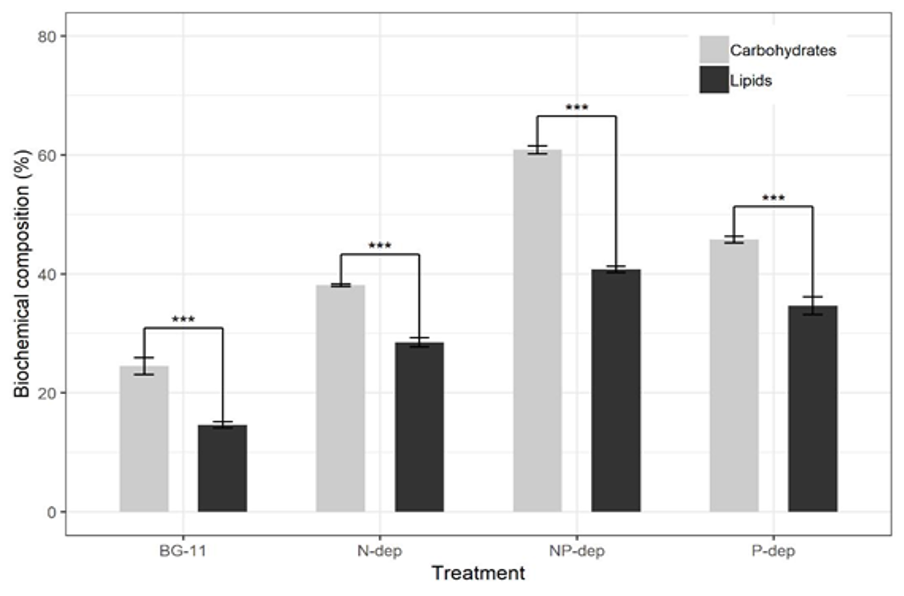VOLUME 13 (Supplement)

Philipp. Sci. Lett. 2020 13 (Supplement) 050-061
available online: July 29, 2020
*Corresponding author
Email Address: pgvital@up.edu.ph
Date received: January 15, 2020
Date revised: April 23, 2020
Date accepted: April 23, 2020
ARTICLE
Effects of nutrient depletion on bioethanol production of indigenous Philippine freshwater Chlorella vulgaris SP17
University of the Philippines, Diliman, Quezon City
1101, Philippines
2Natural Sciences Research Institute,
University of the Philippines Diliman, Quezon City
1101, Philippines
The interest in microalgae-based biofuels is a result of the world’s concern on energy crisis and climate change. The use of this third generation feedstock is deemed to be the most sustainable alternative for agricultural crops because it circumvents disputes on food security and competition on arable lands. Bioethanol has the highest demand in the world market among all the types of biofuels since it can be readily blended with traditional petrol fuels without any engine modification. In the study, Philippine indigenous Chlorella vulgaris SP17 was used for the production of bioethanol because of its high amount of carbohydrates in the form of starch and cellulose. Several strategies are being employed to trigger accumulation of fermentable sugars including nutrient deficiency such as nitrogen (N) and phosphorus (P) deplete (dep) culture medium. In this study, NP-deplete culture, resulted to a 2.4-fold increase in the total carbohydrate content (60.89%), and a threefold increase in total lipids (40.77%) in comparison to the control. However, the growth rates and total biomass (g/L) were all significantly reduced in the absence of N and P. Since the NP-dep setup obtained the highest carbohydrate content, the biomass from this culture was used as feedstock for bioethanol production. The highest reducing sugars (RS) after saccharification of the biomass was achieved by using 0.5 N HCl (10.02 g/L), and the maximum ethanol (EtOH) yield after the 60-h fermentation was produced by Aspergillus niger BIOTECH 3080 (0.307 g-ethanol/g-reducing sugars). Thus, the results of the study show that C. vulgaris can be used as feedstock for bioethanol production.
© 2025 SciEnggJ
Philippine-American Academy of Science and Engineering